When to Add Pie Decorations for Stunning Results

The art of pie decoration is one of those culinary skills that can turn a simple dessert into a feast for the eyes as well as the palate. However, timing is everything when it comes to adding those stunning flourishes to your pie. If you've ever wondered when to add pie decorations for the best visual impact and taste, read on to understand the perfect moments in the pie-making process to apply your creative touch.
Choosing the Right Moment
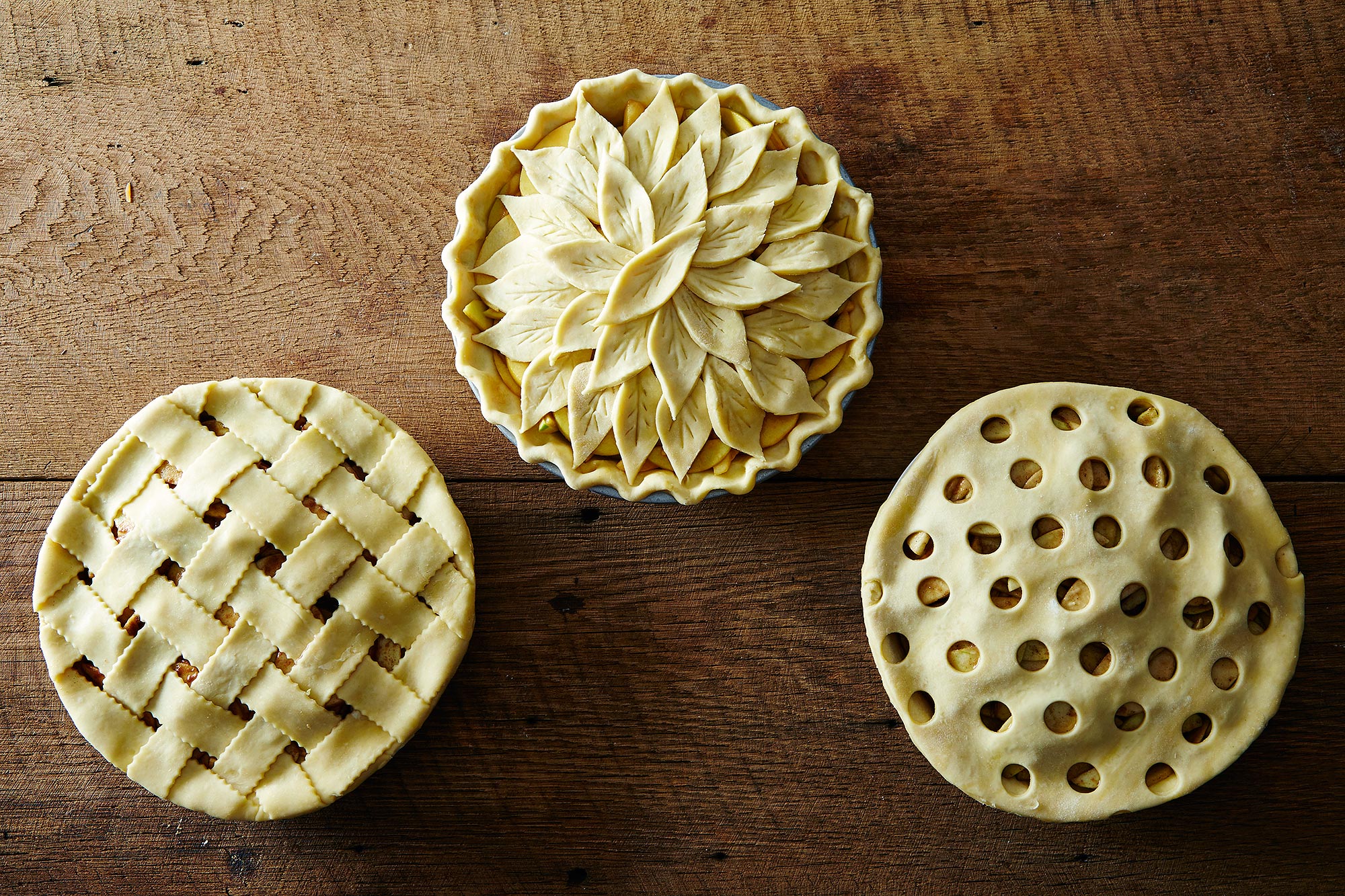
Before you start designing your pie, it’s important to know when to integrate decorations into your baking process. Here are the key moments:
- Pre-Baking Decorations: If your decorations are made from pie dough, you’ll typically want to add them before baking the pie. This includes lattice work, cut-out shapes, or intricate patterns made with cookie cutters.
- Post-Baking Decorations: Edible flowers, whipped cream, or other delicate items that might burn or melt in the oven are best added after the pie has baked and cooled.
Pre-Baking Decorations
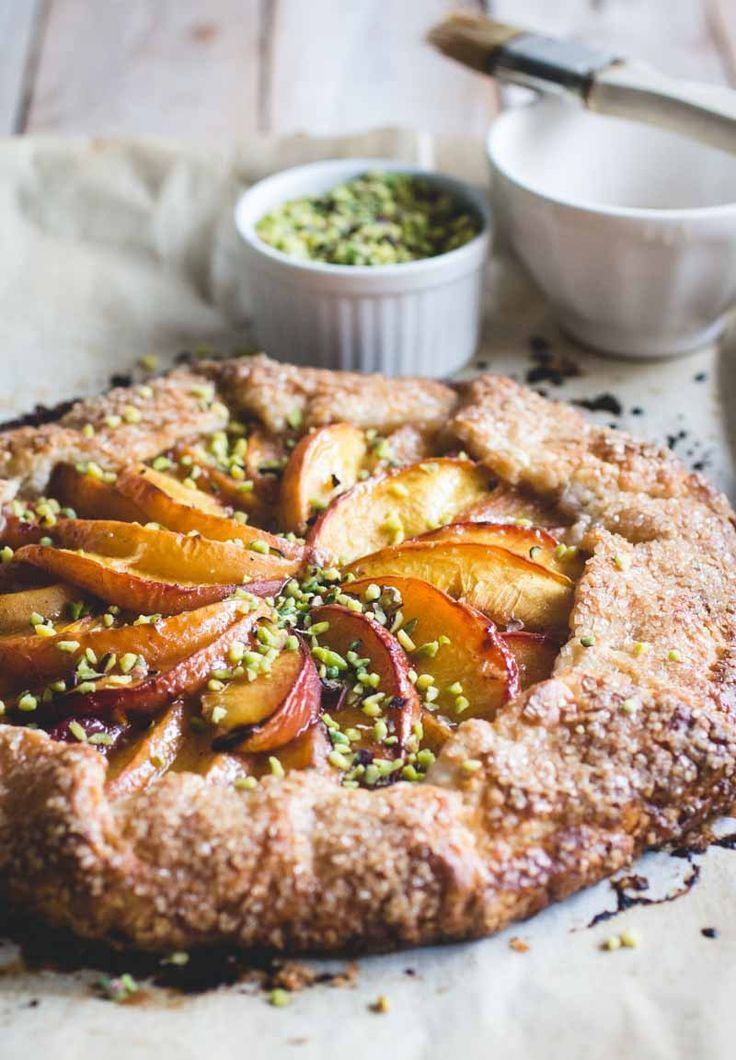
For pre-baking decorations, follow these steps:
- Prepare Your Dough: Ensure your dough is well-chilled for easier handling. Cold dough is less sticky and more pliable.
- Roll Out Dough: Roll out your pie dough on a lightly floured surface to your desired thickness, usually between 1⁄8 to 1⁄4 inch.
- Cut Shapes: Use cookie cutters or a sharp knife to create shapes. Consider the theme of your pie or the occasion for which you’re baking.
- Assemble: Arrange the decorations over the uncooked pie filling or the rolled-out dough for the top crust. You can moisten the underside with a bit of water or an egg wash to help them stick.
- Egg Wash: Brush an egg wash over the decorations for a golden sheen when baked. The egg wash acts like glue and enhances color.
- Bake: Bake the pie according to your recipe. The pre-baking decorations will cook along with the crust, resulting in an integrated look and taste.
Egg Wash Techniques for Enhanced Baking

| Egg Wash Type | Effect |
|---|---|
| Whole Egg | Shiny, golden crust |
| Egg Yolks | Deep golden color |
| Egg Whites | Clear, crisp finish |
| Whole Egg + Milk | Soft golden color with a tender texture |

Examples of Pre-Baking Decorations
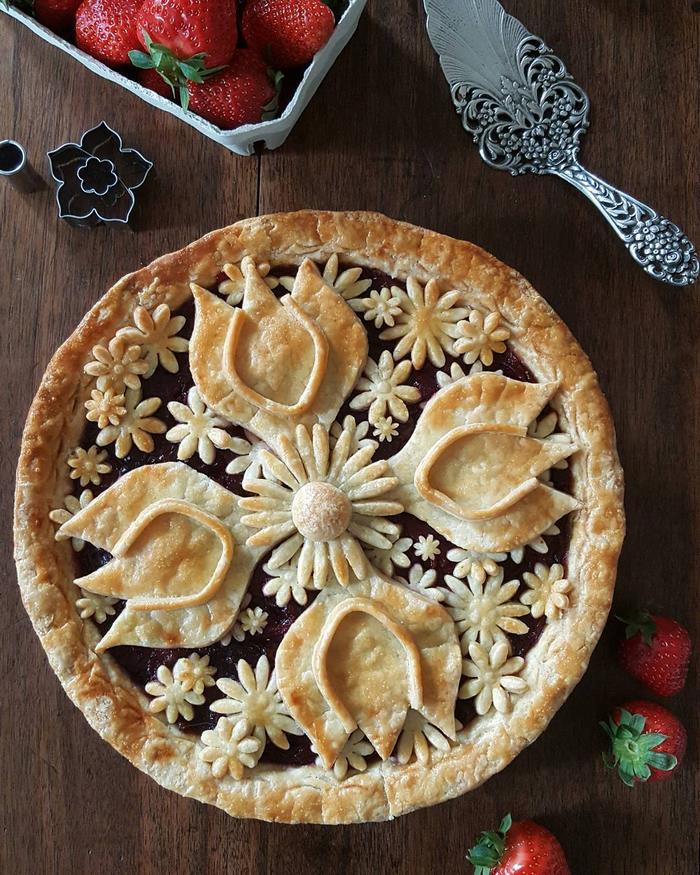
- Lattice Work: A classic pie decoration that can be simple or complex, adding both beauty and ventilation to the pie.
- Cut-Out Shapes: Leaves, hearts, or even personal initials for a personal touch.
- Twisted Crusts: Twisted edges or even a full top crust of braided dough for an artisanal look.
Post-Baking Decorations

Once your pie has been baked and cooled, here’s how you can enhance its appearance:
- Edible Flowers: Add edible flowers or petals like pansies, violets, or nasturtiums for a pop of color and a hint of flavor.
- Whipped Cream: Use a piping bag to create swirls, stars, or decorative borders. Consider different flavors or colors to match the pie filling.
- Sprinkles: Dust the top with colored sugar, cocoa powder, or other fine sprinkles to match the theme or season.
- Fresh Fruit: Arrange slices of fruit on top for both taste and visual appeal.
- Candy or Chocolate: Place candy pieces or shavings of chocolate as a decorative element.
🌟 Note: Always ensure your ingredients are fresh and safe to consume when used as decoration.
Tips for Post-Baking Decorations

- Theme and Color Coordination: Choose decorations that complement or match the colors of your filling or the theme of your event.
- Timing: Add fresh toppings like cream or fruit right before serving to prevent them from wilting or becoming soggy.
- Height Considerations: Consider the depth of your pie; you don’t want decorations to make the pie top-heavy.
Design and Aesthetic

When designing your pie, here are some tips to consider:
- Theme: Match your decorations to the occasion or the pie flavor for a cohesive look. For example, leaves and acorns for an autumn pie.
- Balance: Ensure a balanced design where the pie still has room to be cut and served easily.
- Layers: Consider adding multiple layers of decoration for depth and intrigue, such as a crust design with toppings over it.
- Color: Use natural dyes or carefully chosen ingredients to add color to your pie without artificial additives.
Personalizing Your Pie
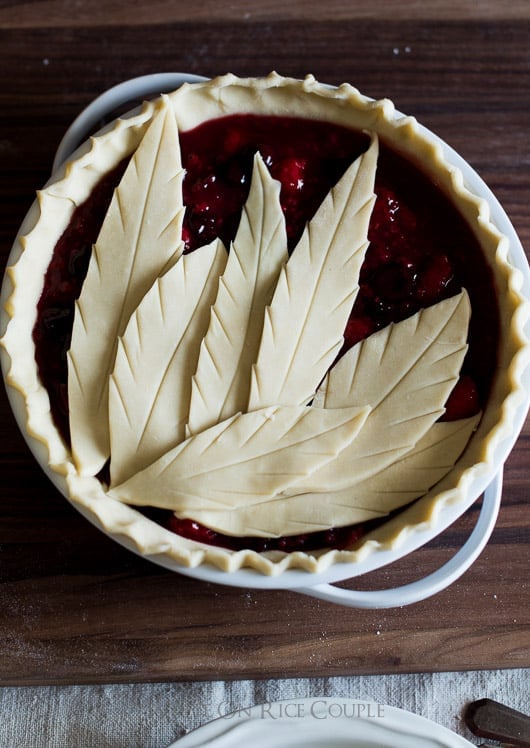
Personalized touches can turn a standard pie into a unique creation:
- Initials: Cut out initials from the top crust or use icing to pipe names or messages.
- Seasonal Cutouts: Use cookie cutters to add seasonal shapes like snowflakes for a winter pie or suns for a summer dessert.
- Themed Decorations: For a birthday, you could use candles or cake toppers. For an anniversary, consider interlocking rings or hearts.
Summing up, the time to add pie decorations depends on what you're adding and the result you seek. Pre-baking decorations will become part of the pie's structure, adding to both the taste and the aesthetics. Post-baking decorations provide an opportunity to add the finishing touches that delight the eye and sometimes the taste buds, especially with the use of fresh or delicate ingredients. Whether you're aiming for simplicity or a complex design, your pie can reflect both skill and personality, making it not just a treat to eat but also to look at.
Can you add fresh fruit decorations to a hot pie?

+
Fresh fruit decorations are best added once the pie has cooled. Adding them to a hot pie can make the fruit release moisture or even cook slightly, altering the appearance and texture.
How do I keep pie crust decorations from sinking into the filling?
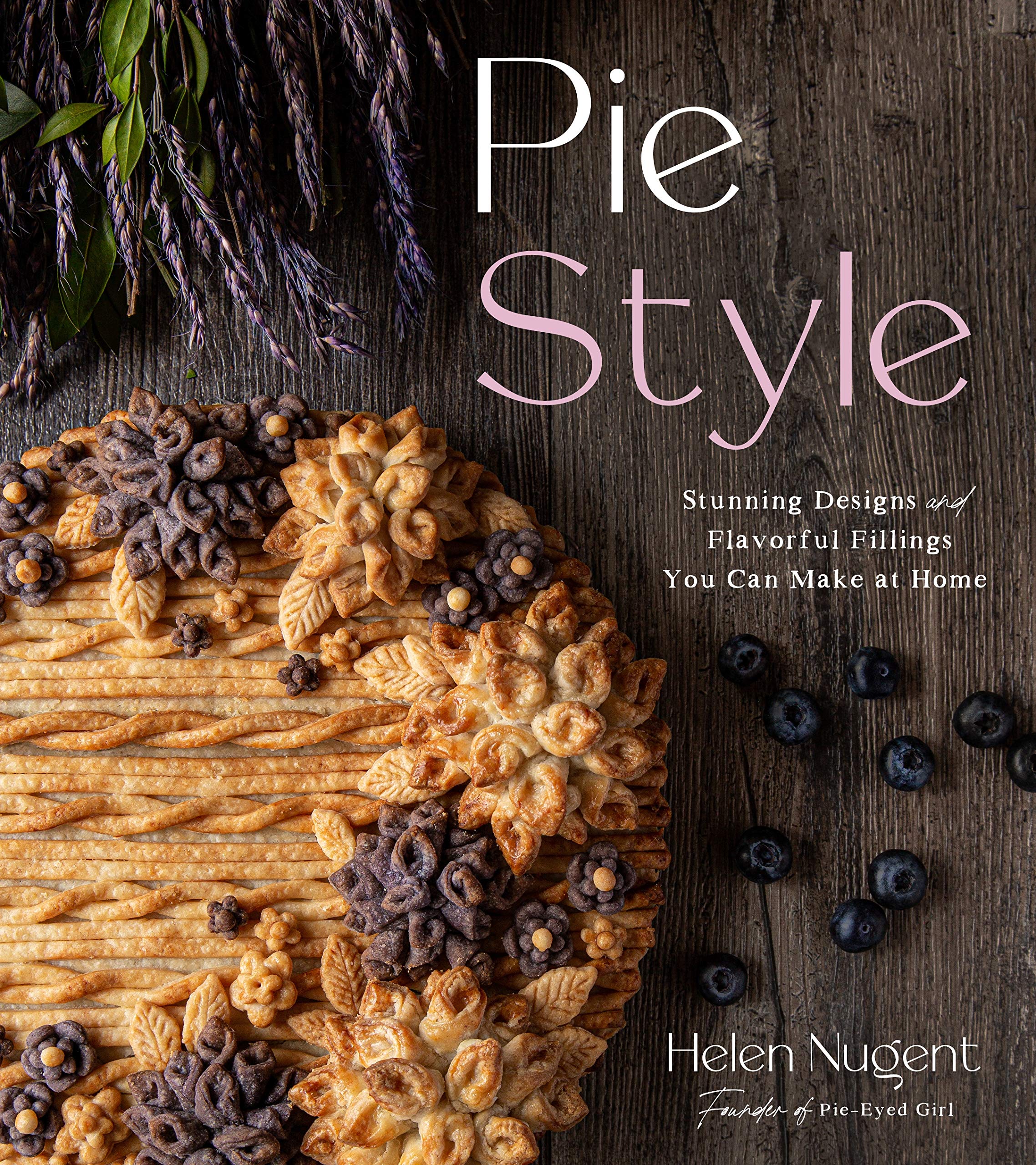
+
Before baking, chill the pie, including the decorations, to allow the fat in the dough to firm up, which helps the crust keep its shape during baking. Also, use an egg wash to seal the decorations in place.
What are some edible decorations that are safe for pies?
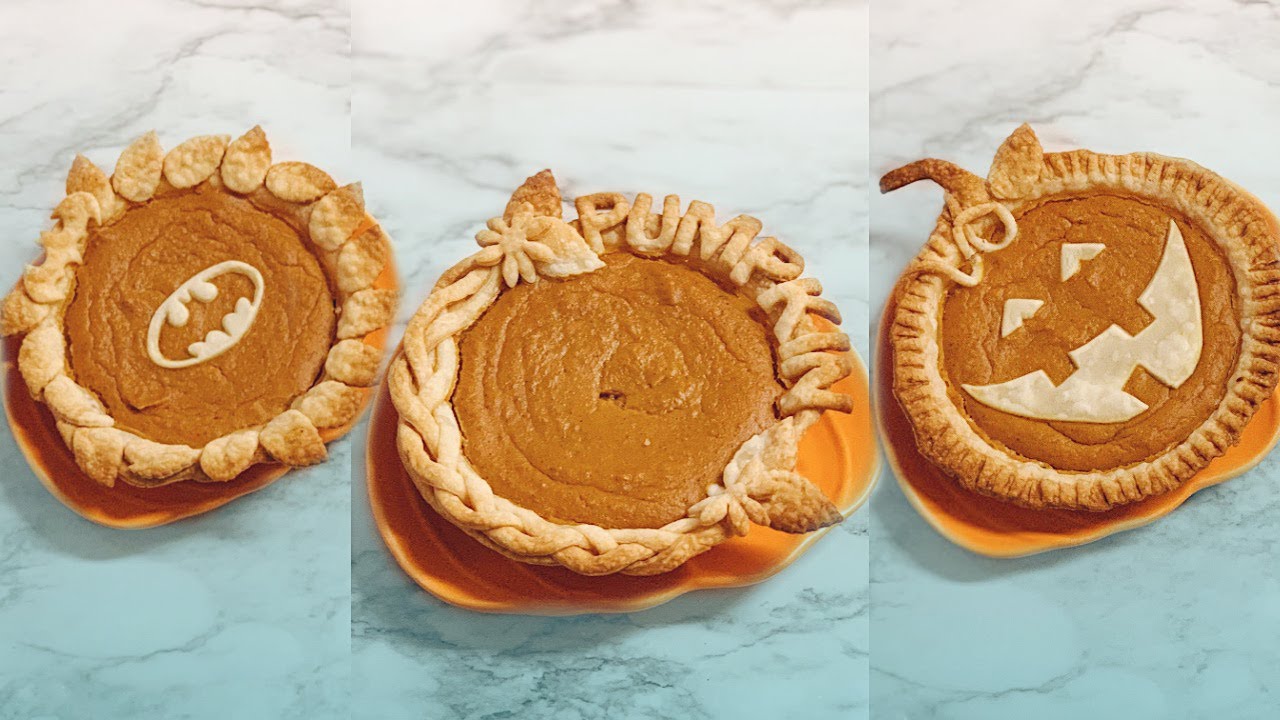
+
Edible flowers like violets or pansies, fruit slices, nuts, chocolate shavings, and edible gold/silver leaf are all safe and can add visual appeal to your pie.